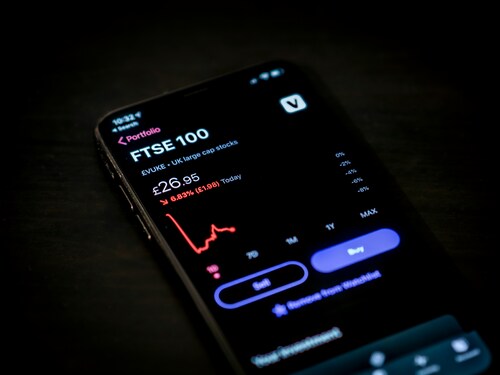Security is a vital part of any business, and every organization has specific challenges. A standard security setup may not match the structure, layout, or workflow of a business operating in a particular environment. That’s why personalized systems designed around individual requirements have become a main focus for many companies looking to build reliable protection without disrupting operations.
Some companies, such as Team Signal, use a combination of systems modified to meet their internal structure, ensuring smooth integration with ongoing functions. These setups are crafted to match exact needs, ensuring each element supports the business’s goals and daily processes. Let’s explore how these personalized systems can make a real difference.
Business Type and Function Determine the Need
Each business operates in its own space, with certain core activities that define how it should be secured. The design of a protection strategy often depends on what the organization does, how many people are involved, and what types of equipment or data are in use. A distribution center might need extensive entry tracking, while a design firm may need stronger data safeguards.
Based on their day-to-day operations, reliable companies follow a structure that blends secure physical access with internal software protection. These unique adjustments are made to suit how teams work, what assets are involved, and the flow of each business day. Each layer of security reflects the specific rhythm and needs of the organization’s internal structure.
Layout-Based Planning and Security Placement
Every building has a different structure, from the location of windows to the number of entrances. Placing surveillance tools or control access systems in areas that match the real layout improves overall performance. It also allows movement to stay smooth for workers and visitors.
Designing around the structure means recognizing areas that require more attention, such as entry points, storage zones, and staff-only spaces. Placement decisions are based on how people move through the space and what should remain restricted. This approach creates a logical security flow that matches the natural movement of daily operations.
Integration With Core Operations
Security is most effective when it blends naturally with an organization’s routine. Systems can be linked with employee databases or scheduling tools to allow dynamic access throughout the day. This means different staff members can be granted entry according to their shift or assigned project area.
Custom setups ensure the system is shaped around real-time tasks. For example, equipment logs can align with security reports, and camera coverage can adjust according to the volume of activity in different parts of the workspace. These adjustments help maintain consistency and awareness throughout shifting work patterns.
Scalability and Adaptability Over Time
Growth often introduces new demands, and preparing for those changes ensures that operations continue without disruption. Custom security setups can evolve with businesses as they expand, maintaining consistency across multiple locations or new divisions. Some notable advantages of scalable security solutions include:
- The ability to integrate new access points without replacing existing systems
- Unified oversight across different branches or buildings
- Minimal setup time when adapting to new structural layouts
Smart Tools That Match Daily Operations
Many businesses are turning to reliable and advanced companies that combine multiple layers of security into one manageable system. Smart security companies are becoming essential for businesses that value both control and convenience. These systems bring access management, real-time monitoring, and internal communication into one streamlined interface, helping teams stay informed without adding extra steps to their workflow. With features designed to match how organizations operate day to day, they offer a practical way to maintain security while keeping everything running efficiently.
Security plans often include cameras, electronic entry, network monitoring, and system logs that connect to a central hub. In some cases, organizations like Team Signal use integrated setups that coordinate both entry control and data visibility. This helps ensure coordination across departments and provides real-time awareness of daily activity.




